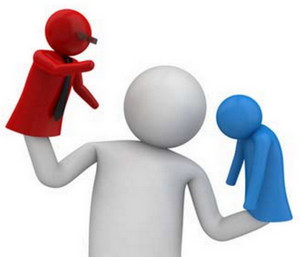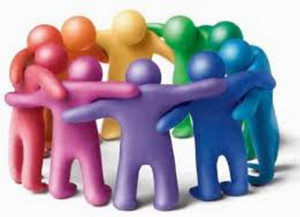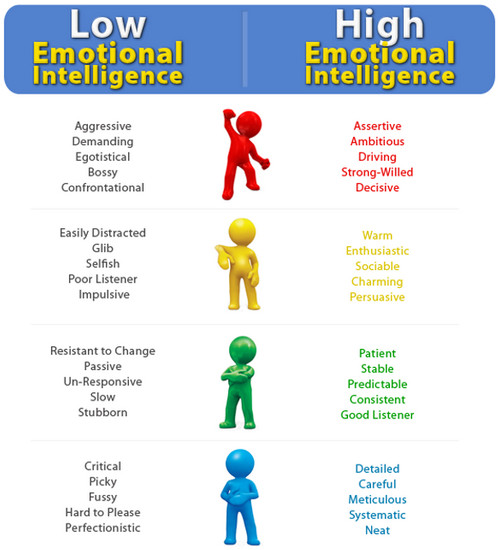 Our new year is full of opportunities, dark clouds and unknowns. The world is full of strife of all sorts. Our political situation here in the U.S. is full of hope, tension, noise, and unknowns. So many people are screaming about their opinions that it is almost impossible to hear. I get so tired of it that I often just quit trying to listen. That is probably a mistake for me to do that; we are all connected and I can’t just go away and hide. None of us can do that.
Our new year is full of opportunities, dark clouds and unknowns. The world is full of strife of all sorts. Our political situation here in the U.S. is full of hope, tension, noise, and unknowns. So many people are screaming about their opinions that it is almost impossible to hear. I get so tired of it that I often just quit trying to listen. That is probably a mistake for me to do that; we are all connected and I can’t just go away and hide. None of us can do that.
Here at home in the U.S.A., our culture is undergoing a shift towards the right with a move away from the centralization of power and decision-making towards one with a broader base for the exercise of power and decisions. Many people have very strong views about this shift in our culture and concerns about what will happen. What is going to be good? What is going to be bad? The complexity of all this prevents us from clearly knowing just what decisions is best.
All of this change (at both the macro and micro levels) presents us with opportunities to step in and make a positive difference. More opinions are floating around, more ideas being offered, more questions emerging. In the heat of all this, we each have an opportunity to listen for the truth, think about what is possible and to more openly share our ideas and thinking. Each of us can make a positive difference. While some people try to be louder that others, this in not where the best thinking will come from.
The best opportunities for truth and the best decisions to emerge are when we each engage together in thoughtful dialogue, searching for what is best for us, those around us and our larger communities, cities, businesses, and our country. For our specific work and how we choose to live, we each probably have the best information about what is most appropriate for success. We are engaged with living as it actually happens. When someone tries to impose his or her ideas as to what we should do or how we should live, we get resentful. Our higher leaders have a broader scope of information and know more about what is happening in the broader picture, but they do not know our specific needs or the best solutions for us. We need to talk together at all levels so that we can all develop a better understanding of the broader picture and make appropriate decisions together. This is true in our personal lives as well as our work lives.
When we can come together with respect, listening, being in a search for understanding together in our dialogue, new thinking, ideas and possible solutions emerge. We are all learning to live in this new world and we need each other’s help and support. None of us individually have the “right” answer, but together we can discover solutions that can really help.
Bringing This Into Our Workplaces and Businesses
 As we bring this sort of thinking and being together into our workplaces, we can seek ways to improve our safety performance and business results. I have found over and over that we can vastly improve our safety and business performance when we share information together, listen for understanding, develop trust among us and see how well are all contributing, solutions emerge. When we help to change the behavior of bullies of get them out of the work place, we get even better.
As we bring this sort of thinking and being together into our workplaces, we can seek ways to improve our safety performance and business results. I have found over and over that we can vastly improve our safety and business performance when we share information together, listen for understanding, develop trust among us and see how well are all contributing, solutions emerge. When we help to change the behavior of bullies of get them out of the work place, we get even better.
Every organization has work groups within them where the safety performance and business results are excellent. In our dialogues, let us search for these fine examples and learn from them. The people in these groups have a lot to offer us so we can learn together with them.
When the upper management and leaders create the environment where people doing the work have the information they need and can make the appropriate decisions about how they perform the actual tasks, then each group can make the best contributions to the success of safely working and developing the best business results.






